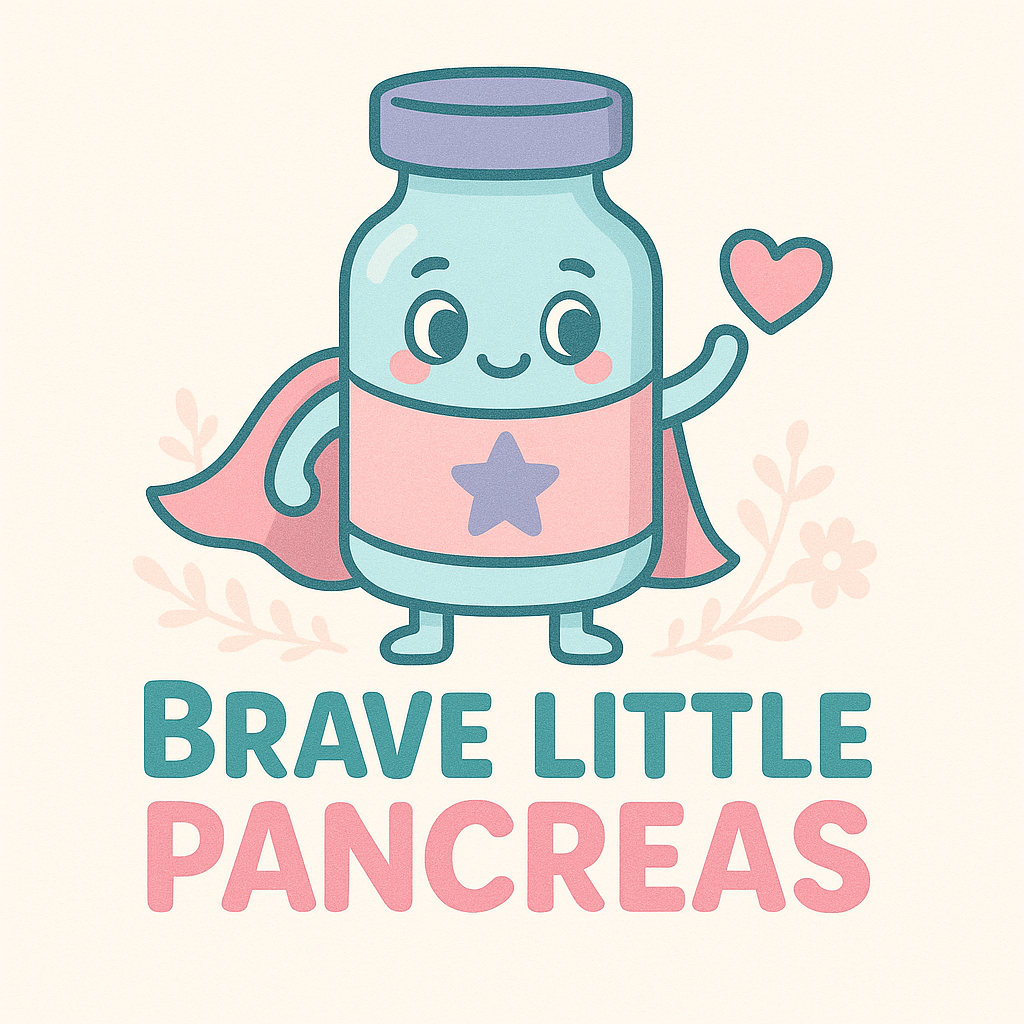In this lesson, you’ll learn:
✔️ Why building confidence matters in T1D care
✔️ Age-appropriate ways to encourage independence
✔️ How to balance support with responsibility
✔️ Simple strategies to help your child believe in themselves
Why Confidence Matters
Type 1 Diabetes is a marathon, not a sprint. Kids who feel confident in their ability to handle care tasks are more resilient, more engaged, and less likely to feel “controlled” by diabetes.
Confidence builds independence — and independence reduces burnout for both you and your child.
Common Confidence Struggles Kids Face
Fear of making mistakes: Worrying about giving the wrong dose or missing a check.
Feeling different from peers: Not wanting to check blood sugar at lunch or take insulin in front of others.
Over-dependence on parents: Relying on you to “just do it” because it feels easier.
Performance anxiety: Worrying about sports, tests, or trips and how diabetes will “get in the way.”
Age-Appropriate Independence
🌱 Younger Kids (5–8)
Let them choose their finger for blood sugar checks.
Encourage them to carry their snack bag or diabetes kit.
Use positive words: “You’re learning something strong today.”
🎒 School-Age Kids (9–12)
Teach them to count carbs with you (make it a game).
Let them check blood sugar or bolus with supervision.
Encourage speaking up at school: “I need to check my blood sugar.”
🌟 Teens
Involve them in dose decisions and pattern tracking.
Encourage independence in supply management (packing bags, ordering refills).
Talk about problem-solving: “What will you do if you feel low at practice?”
Balancing Support and Responsibility
Don’t push too fast: independence is gradual.
Stay available: let your child know you’re always nearby for backup.
Celebrate small wins: each step they take builds confidence.
Avoid perfection pressure: mistakes are part of learning.
Strategies for Building Confidence
Model calmness: Your tone teaches your child how to respond.
Use affirmations: Encourage self-talk like “I can do this” or “I’m stronger than diabetes.”
Give choices: “Do you want to check now or in 5 minutes?”
Normalize diabetes: Remind them they can still do everything other kids do, with a little extra planning.
Practical Strategies for Parents
1. Build Confidence Through Language
Instead of: “Don’t forget to check!”
Say: “I trust you to remember. Do you want a reminder timer or do you feel ready on your own?”Instead of: “You have to do this right.”
Say: “Everyone makes mistakes sometimes. We’ll learn together.”
2. Use Confidence Builders Daily
Choice power: Let them pick which finger, or whether to bolus before or after they eat (within safe limits).
Affirmations: Teach phrases like “I can do this” or “Diabetes doesn’t stop me.”
Visible progress: Create a tracker where they mark tasks they do independently.
3. Role-Play Scenarios
Practice together:
Telling a teacher: “I need to check my blood sugar.”
Telling a coach: “I need a break, I feel low.”
Asking a friend: “Can you grab my snack bag?”
4. Celebrate Milestones
Celebrate the first time they remember a check without prompting.
Recognize independence with high-fives, small notes, or family shout-outs.
Remind them: confidence grows in steps, not leaps.
Quick Parent Tip
✨ Building independence doesn’t mean stepping back all at once. It’s about walking alongside your child, gradually handing them the reins, and reminding them: “You are capable. I believe in you.” Confidence is built, not born. Your child doesn’t need to do it all today — they just need to feel capable of doing one more thing than yesterday. Over time, those small wins add up to independence.
Next Lesson Preview: Creating a Support Network — surrounding your family with people and resources who “get it.”


